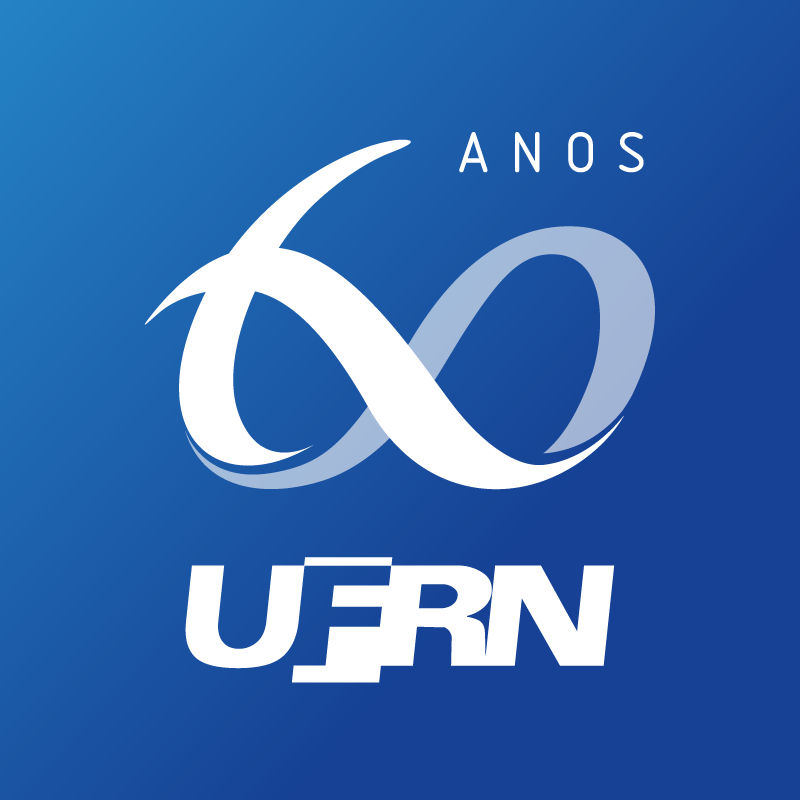预约演示
更新于:2025-05-07

Universidade Federal do Rio Grande do Norte
更新于:2025-05-07
概览
关联
267
项与 Universidade Federal do Rio Grande do Norte 相关的临床试验NCT05459376
Effect of Dry Cupping Therapy Associated With the McKenzie Method in Patients With Chronic Low Back Pain: Protocol for a Sham-controlled Randomized Trial
Introduction: Currently, clinical practice guidelines recommend exercise as a first-line approach to the treatment of chronic low back pain (LBP). On the other hand, passive techniques such as cupping therapy have gained space in the management of this population, however, important gaps regarding the combination of cupping therapy with active exercises in individuals with nonspecific chronic low back pain are still present in the literature. In this context, this protocol describes a sham-controlled, randomized and blinded study that aims to evaluate the additional effects of cupping therapy in association with McKenzie method exercises on pain and functional outcomes of individuals with nonspecific chronic low back pain. Methods: 108 individuals with nonspecific and localized chronic low back pain in the age group of 18 to 59 years will be recruited and evaluated, regarding the inclusion and exclusion criteria. Subsequently, they will be randomized to one of 2 groups: intervention group, in which they will be submitted to the McKenzie method intervention and later the addition of the dry suction cup; and sham group, in which, after the intervention of the McKenzie method, the application of the sham cup will be added.
开始日期2026-01-01 |
RBR-722vgv8
Construction and validation of comics for health education of schoolchildren
开始日期2025-08-02 |
NCT05408156
Effects of Customized Insoles for Individuals With Symptomatic Hallux Valgus: Protocol for a Sham-controlled Randomized Trial
Hallux valgus is one of the most common forefoot deformities. Its prevalence increases with age, representing approximately 23% in adulthood, being more common in females. Some studies indicate that the use of the insole associated with the finger separator promotes pain relief and that this may be related to better alignment of the hallux. However, there is still no consensus about the ideal insole or how long it should be used to relieve pain or improve function in patients with hallux valgus. Therefore, the objective of this study will be to evaluate the effect of the customized insole on pain and function of individuals with symptomatic hallux valgus.
开始日期2025-08-01 |
100 项与 Universidade Federal do Rio Grande do Norte 相关的临床结果
登录后查看更多信息
0 项与 Universidade Federal do Rio Grande do Norte 相关的专利(医药)
登录后查看更多信息
7,956
项与 Universidade Federal do Rio Grande do Norte 相关的文献(医药)2025-12-01·Inflammation Research
IL-17 as a putative hallmark of intense arthralgia and age-related serum immune mediator networks during acute chikungunya fever
Article
作者: Peruhype-Magalhães, Vanessa ; da Fonseca, Flávio Guimarães ; de Araújo, Josélio Maria Galvão ; Lucas, Carolina ; Lopes-Ribeiro, Ágata ; de Sousa Reis, Erik Vinicius ; de Lima, Sheila Maria Barbosa ; Santos, Thaiza Aline Pereira ; Giarola-Silva, Sarah ; Brito-de-Sousa, Joaquim Pedro ; Bezerra, João Felipe ; Teixeira-Carvalho, Andréa ; de Faria, Ana Maria Caetano ; Coelho-Dos-Reis, Jordana Grazziela Alves ; da Costa-Rocha, Ismael Artur ; Campi-Azevedo, Ana Carolina ; Martins-Filho, Olindo Assis ; Schwarcz, Waleska Dias ; Morgado-Santos, Lizandra ; Teixeira, Caio Wilker ; de Souza Azevedo, Adriana ; Dias, Jonai Pacheco ; Gomes-de-Pontes, Letícia
2025-08-01·Geoenergy Science and Engineering
3D geological modeling and reservoir production numerical simulation of multiple scenarios in fractured-karstified carbonate reservoirs using high-resolution outcrop characterization
作者: La Bruna, Vincenzo ; Ida, Mauro ; Bezerra, Francisco H. R. ; Roisenberg, Claudio ; Bagni, Fabio L. ; Moriss, Mathieu A. G. ; Correa, Simone N. ; Lima-Filho, Francisco P. ; Stohler, Romulo C. ; Dantas, Tarsila B. ; Araujo, Renata E. B.
2025-07-01·Poultry Science
Split feeding for laying hens: a step beyond precision nutrition
Review
作者: Carvalho, Lucas Rannier Ribeiro Antonino ; Neto, Raul da Cunha Lima ; de Souza Filho, Djalma Fernandes ; do Nascimento, Carlos Henrique ; Rodrigues, Aline Beatriz ; de Souza, Paloma Eduarda Lopes ; Ribeiro, Apolônio Gomes ; de Lima, Matheus Ramalho ; Guerra, Ricardo Romão ; Santos Silva, Raiane Dos ; de Lima, Adiel Vieira ; Costa, Fernando Guilherme Perazzo
100 项与 Universidade Federal do Rio Grande do Norte 相关的药物交易
登录后查看更多信息
100 项与 Universidade Federal do Rio Grande do Norte 相关的转化医学
登录后查看更多信息
组织架构
使用我们的机构树数据加速您的研究。
登录
或

管线布局
2026年01月06日管线快照
无数据报导
登录后保持更新
药物交易
使用我们的药物交易数据加速您的研究。
登录
或

转化医学
使用我们的转化医学数据加速您的研究。
登录
或

营收
使用 Synapse 探索超过 36 万个组织的财务状况。
登录
或

科研基金(NIH)
访问超过 200 万项资助和基金信息,以提升您的研究之旅。
登录
或

投资
深入了解从初创企业到成熟企业的最新公司投资动态。
登录
或

融资
发掘融资趋势以验证和推进您的投资机会。
登录
或

生物医药百科问答
全新生物医药AI Agent 覆盖科研全链路,让突破性发现快人一步
立即开始免费试用!
智慧芽新药情报库是智慧芽专为生命科学人士构建的基于AI的创新药情报平台,助您全方位提升您的研发与决策效率。
立即开始数据试用!
智慧芽新药库数据也通过智慧芽数据服务平台,以API或者数据包形式对外开放,助您更加充分利用智慧芽新药情报信息。
生物序列数据库
生物药研发创新
免费使用
化学结构数据库
小分子化药研发创新
免费使用